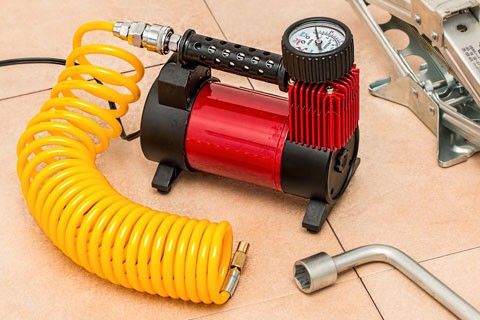Peugeot 206 Tire pressure
Peugeot 206 Reifendruck
Peugeot 206 Pression des pneus
Peugeot 206 Presion de llantas
Peugeot 206 Pressao de pneus
Car tire pressure should be checked regularly, ideally check your tire pressure monthly. Always check your tire pressure two hours after parking the automobile.
Be sure you regularly check the condition of the valves to ensure a perfect seal, and can provide longer life.
If you want to have your 4 wheels checked, don’t forget to check the pressure of your spare tire.
In winter, when the temperature is very cold, it is sometimes advisable to raise the inflation pressure.

Disclaimer: We cannot and do not guarantee that the material on this website is absolutely current and accurate, despite the fact that every effort has been made to keep it as current and correct as possible. This website’s content is delivered on a “as is” and “as available” basis. You agree that your use of the platform is at your sole risk. We disclaim any and all warranties.
If you want to inspect or inflate your tyres, you have three options: go to a certified specialist, use the inflation devices supplied by certain gas stations and car washes, or buy a compressor and inflation gun.
Low tire pressure control causes most broken tyres. For each model, car makers prescribe some pressure to ensure greater grip and optimum security.
Peugeot 206 Where can I find pressure-related information?
The prescribed pressure varies depending on the car type. It’s usually stated in the owner’s manual, on the door’s edge, or on the fuel tank door. It is expressed in the form of two numbers, in bar units, usually about 2. The first number represents the front tire pressure, while the second represents the rear tire pressure.
Depending on the car load, the tire pressure can vary. Thus, the recommended pressure for a loaded vehicle should be added to 0.2 bar.
Peugeot 206 How can you determine the pressure?
Bear in mind that you always calculate tire pressure when it’s cold, as the pressure increases while driving.
Still add the same pressure to both front and rear tires. Just a front-to-rear variation is possible.
Don’t neglect to properly seal the valve covers, as they shield the valve from soil and dust, reducing the chance of leakage.
When to control the pressure
The pressure of your tires should be tested on a weekly basis and at strategic times.
Before a long journey, for instance, checks are necessary in order to limit the risks of tear and wear.
For daily use, the pressure should be checked every two weeks. Finally, for less regular use, we recommend checking the pressure every month, keeping in mind that a tire is checked when it is cold.
Summer – winter tire pressure
In testing the tire pressure, seasons should also be taken into consideration, since external temperatures impact the tire’s inner pressure.
It is therefore recommended to add 0.2 bar to winter tires.
It is essential to check the vehicle’s tyre pressure on a regular basis. Under-inflated tires will affect your safety in the car by reducing grip and making braking less efficient.
Moreover, for every 0.5 bar below the recommended inflation pressure, an under-inflated tire’s life span is reduced by 20%. With underinflated tyres, even the consumption of fuel is increasing.
Finally, the under-inflated tyre is subjected to excessive stress and can burst while traveling at high speeds.
| Peugeot 206 | |
| 1.1 60 | |
| 175 65 R14 82T | |
| Rear Min. | 2.3 |
| Rear Max. | 3.0 |
| Front Min. | 2.3 |
| Front Max. | 2.3 |
| Peugeot 206 | |
| 1.1 60 | |
| 185 60 R15 84T | |
| Rear Min. | 2.3 |
| Rear Max. | 3.0 |
| Front Min. | 2.3 |
| Front Max. | 2.3 |
| Peugeot 206 | |
| 1.4 75 | |
| 175 65 R14 82T | |
| Rear Min. | 2.4 |
| Rear Max. | 3.0 |
| Front Min. | 2.4 |
| Front Max. | 2.4 |
| Peugeot 206 | |
| 1.4 75 | |
| 185 60 R15 84T | |
| Rear Min. | 2.4 |
| Rear Max. | 3.0 |
| Front Min. | 2.4 |
| Front Max. | 2.4 |
Links :
Tire pressure gauge
TPMS